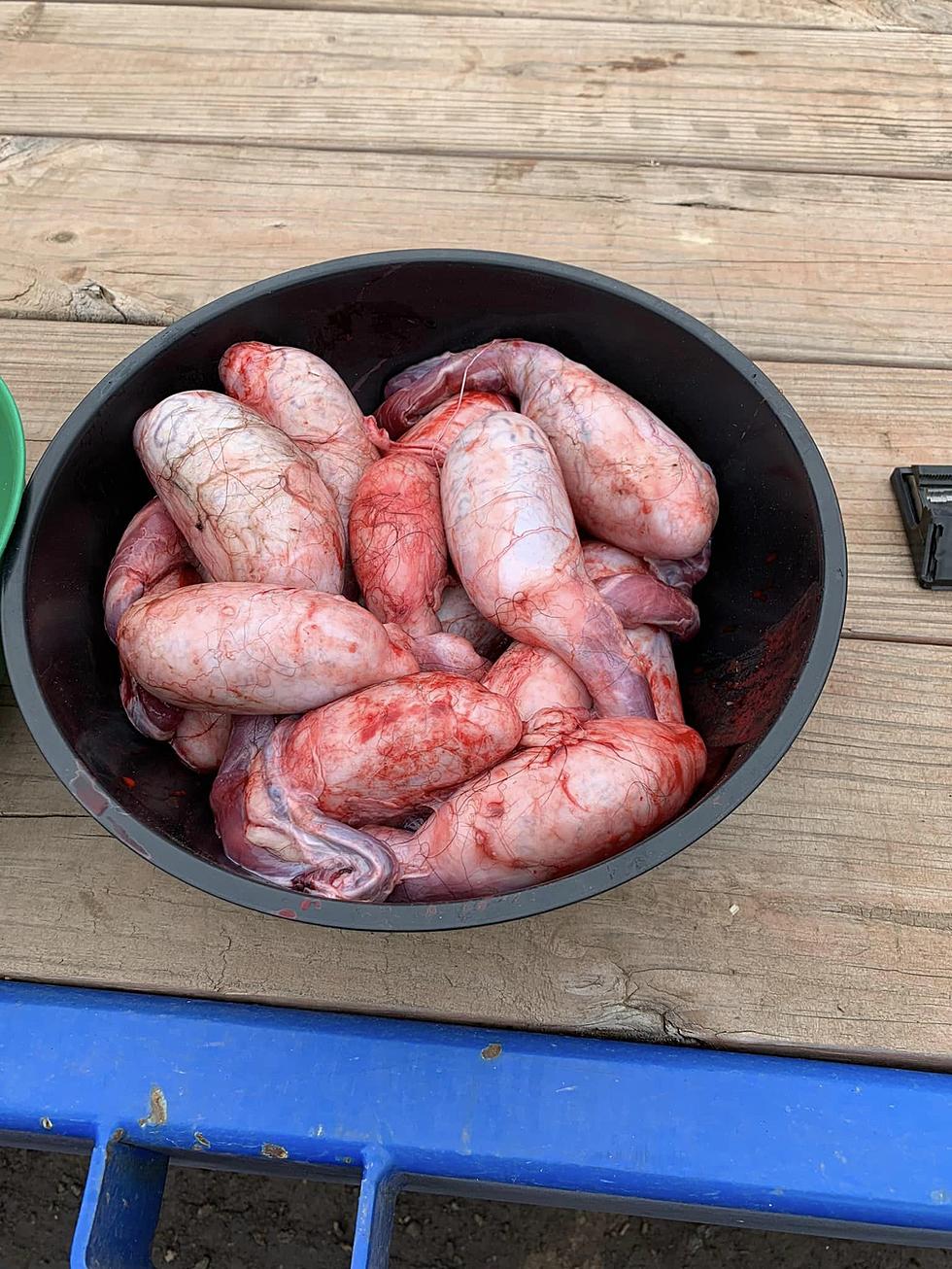
Things We Eat for New Years Day and Why
It never fails, it seems that for Thanksgiving and Christmas, families break out the big turkey and all the sides of a holiday big meal. Not the case for New Years Day. It seems we are rich in traditions. Mostly because it's passed down from our parents.
For instance, right now, I have the black-eye peas soaking in water as I get ready to cook them in a big stew for the New Year. As a child, my mom would always cook the same thing and tell us it was for good luck in the New Year. Then there was the cabbage, that was for lotsa money in the coming year.
Cabbage (or collards) and black-eyed peas stand for currency in the American South. Being from Louisiana, this makes sense! The collards or cabbage represent money, and the black-eyed peas are coins. Eat them, and expect prosperity in the New Year, many believe. How about cornbread? Its color resembles that of gold. To ensure extra luck, some people add extra corn kernels, which signify of golden nuggets.
For many, the cabbage is replaced with sauerkraut. This what I discovered when I moved to the Midwest and Minnesota. Many from a German decent think sauerkraut and its many shreds, represents the wealth to come in the year ahead. Plus Germans also believe in eating at the stroke of midnight for luck! Another nugget of knowledge I learned from the Midwest is eating fish, not just any fish, but herring. The fish represents abundance, and the shimmery color of the tiny fish's skin represents money. (eww!)
Other items that are rich in tradition include pork and lentils. In China long noodles are a good luck food to eat on the New Years. Italians eat green lentils and sausage. The myth is when cooked, lentils plump with water, meaning increase wealth. Lentils are also considered good luck in Hungary, where they’re preferred in a soup.
What is your traditional good luck food for New Years Day?
More From US 103-3









